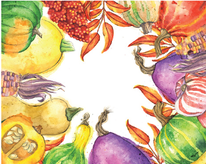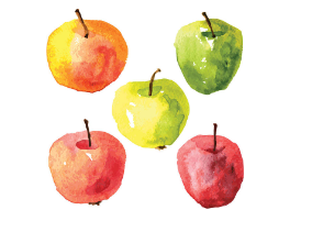|
Have you ever heard the phrase “eat the rainbow”? Often used by dietitians, this tip is the easiest way to encourage eating a variety of produce. While this is a fun phrase, and you might already know the importance of eating fruits and veggies, why should you eat a rainbow of produce? Why does this quippy motto matter? The answer might surprise you: fruits and vegetables contain phytonutrients, chemicals that give them their varying colors. What are phytonutrients? The prefix phyto- means plants, so a phytonutrient is a nutrient you find in plants! They’re also known as phytochemicals and are present to protect plants from threats in their environment. Just as these natural chemicals protect plants, they can help protect us as well when we consume them. Phytonutrients have been shown to decrease the risk of diseases and improve overall health. Hundreds of different phytonutrients can be found in our food; Different colors of produce contain higher amounts of specific nutrients.  Different colors and their phytonutrients Red, orange, yellow, green, and blue-purple are the main subgroups of colors containing unique phytonutrient properties. Red: red produce includes antioxidants that can contribute to decreased inflammation in the body. Antioxidants help prevent damage to cells by fighting off harmful substances that enter or are produced in the body.
 Recognizing Phytonutrients in our Fall Produce As the season changes and new fruits and vegetables emerge, we can identify the phytonutrients in our farmer's market hauls to infuse color into our fall recipes. A few of these foods come in more than one color, making it more convenient to diversify our plates.
Eating an assortment of colorful fruits and vegetables can bring a vibrance to your plate and your life! Incorporating more produce into our diets helps prevent disease and promotes healthy processes throughout our entire bodies. Aiming for three different colored fruits or vegetables at each meal is a great way to take advantage of the rainbow of seasonal produce available. Happy Fall Season everyone! Greta Kramer, Dietetic Intern Resources:
0 Comments
Leave a Reply. |
SD BlogA place for our consultant Registered Dietitian Nutritionists (RDNs) to share nutrition science, yummy and healthy recipes, tips on seasonal ingredients, and other nutritional musings. Enjoy! Categories
All
Archives
May 2024
|



 RSS Feed
RSS Feed